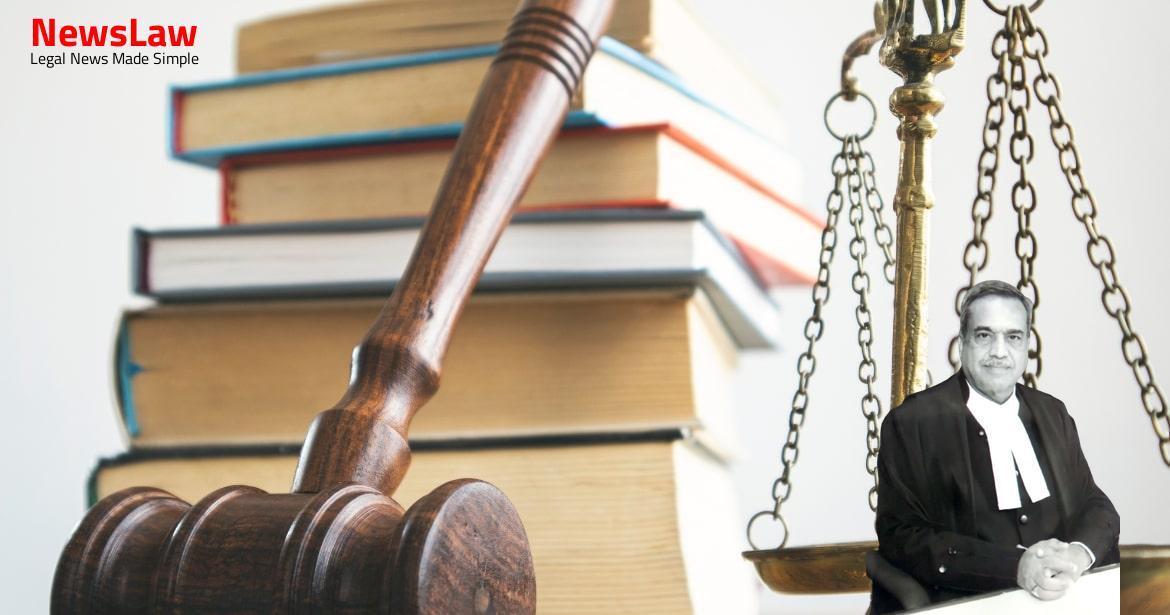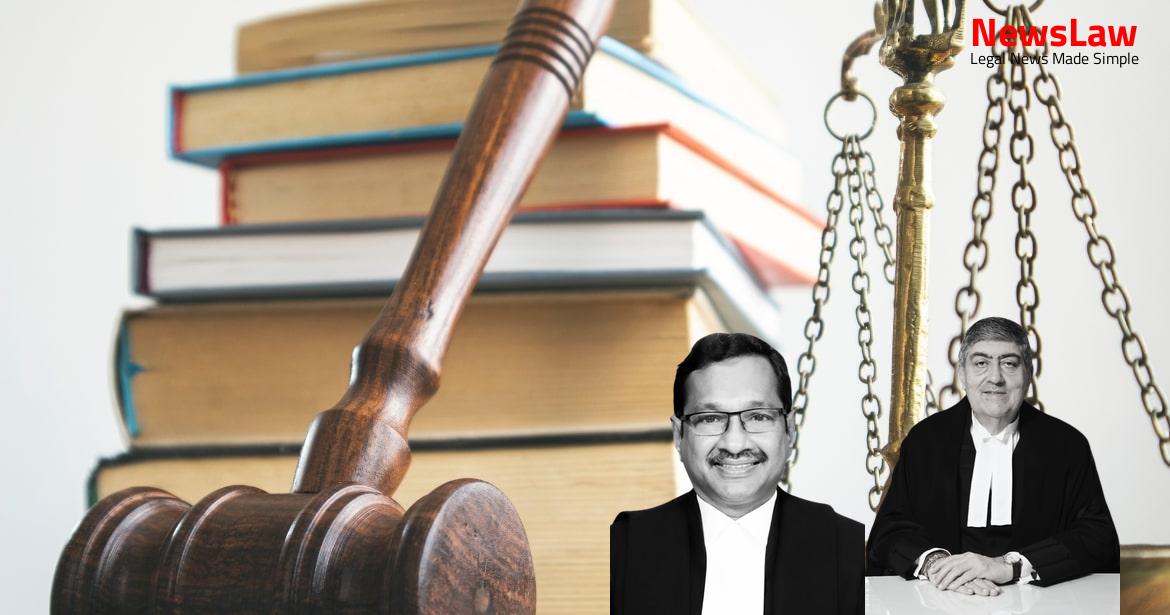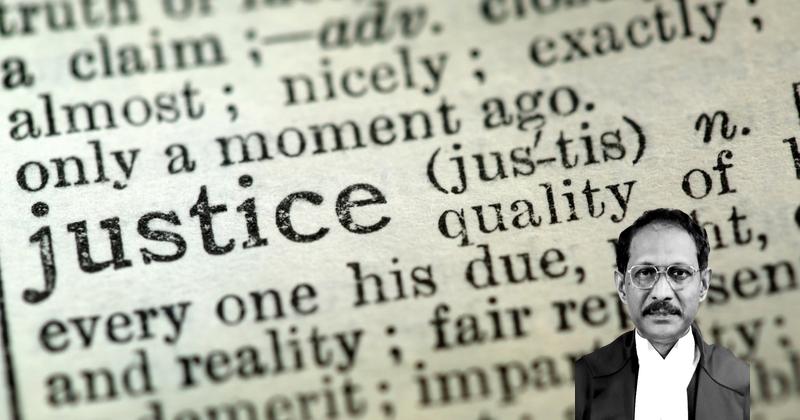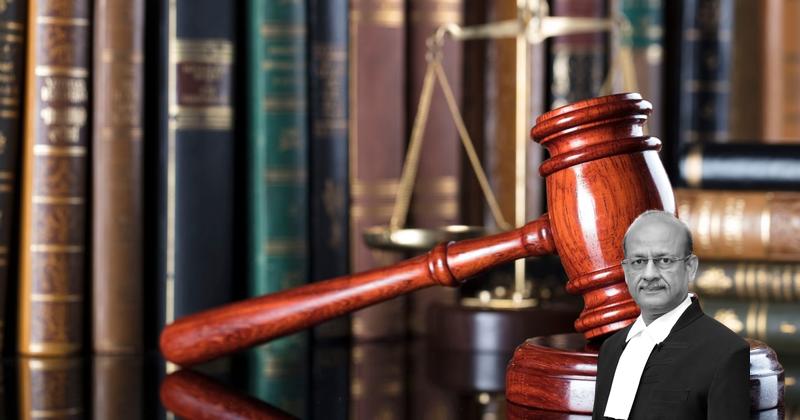Explore the nuanced legal analysis involved in a recent case where the court had to decide on summoning additional accused under Section 319 CrPC. The court’s interpretation and application of the law play a pivotal role in ensuring a fair trial and identifying the real perpetrators. Let’s unravel the intricacies of legal reasoning in this significant judgment.
Facts
- The Trial Court allowed the application under Section 319 CrPC to summon additional accused
- The High Court quashed and set aside the order summoning the additional accused
- The appellant has filed appeals against the High Court’s decision
- Appellant got severely injured in an altercation involving several individuals.
- FIR lodged by the appellant naming multiple persons as assailants.
- Appellant described being attacked while in his car and subsequently seeking help at a nearby Dera.
- Accused individuals named in the FIR, with specific details of the assault provided.
- Medical Officer and eyewitnesses testified during the trial.
- Appellant sought summoning of additional accused during the trial.
Also Read: Electoral Malpractices in Mayor Election
Arguments
- The appellant stands accused of killing Amarjeet Singh and harming Manjeet Singh.
- The High Court set aside the order of the Trial Court, noting a lack of new evidence against the private respondents and casting doubt on the appellant’s version.
- The appellant is accused in FIR NO. 477 for causing the death of Amarjeet Singh and injuries to Manjeet Singh.
- The appellant’s claim of self-defense in a cross case was deemed concocted and implausible by the High Court.
- The only evidence against the private respondents was the statement of the appellant, who is an interested witness.
- The power under Section 319 CrPC should be used sparingly and only when circumstances warrant.
- The High Court’s decision to quash the order summoning the private respondents was argued to be beyond the scope of Section 319 CrPC.
- The appellant reiterated the contents of his complaint in their testimony, with no new evidence presented.
- Sufficient and cogent reasons are required for invoking Section 319 CrPC.
- The Trial Court’s decision to summon the private respondents was defended as based on documentary and oral evidence.
- The degree of satisfaction for invoking Section 319 should not exceed a prima facie case.
- The High Court’s evaluation of the deposition/evidence of the appellant at the summoning stage was deemed unjustified.
- The High Court’s interference in appreciating the evidence and conducting trial-like actions was criticized.
- The Trial Court had proceeded with the trial, examining 18 witnesses, making the High Court’s interference untimely.
- Substantial doubt raised about the version of the accused in FIR No 477 of 2016
- High Court correct in concluding Trial Court’s error in summoning the respondents
- Deposition of P.W.7 Bhupinder Singh does not support the appellant
- Cross-examination suggests appellant concocted the entire story in testimony
Also Read: Balancing Power and Transparency: Electoral Bonds Struck Down, Disclosure Mandated
Analysis
- Section 319 CrPC allows the court to proceed against any person not accused, based on evidence collected during trial.
- The word ‘evidence’ includes statements made in examination-in-chief and documents produced before the court.
- The power under Section 319 CrPC should be exercised cautiously and only when strong evidence of complicity is present.
- The court can summon a person not named in the FIR or discharged based on evidence from examination-in-chief.
- The power under Section 319 CrPC can be exercised even before charges are framed, during the pre-trial stage.
- The court has the duty to ensure that all those connected with the offence are brought to trial, even if not initially accused.
- The court can rely on material collected by prosecution before trial to summon additional accused under Section 319 CrPC.
- The court must not delay invoking powers under Section 319 CrPC until cross-examination is completed.
- The discretion to invoke Section 319 CrPC should be based on a prima facie view of evidence, even if untested by cross-examination.
- The power under Section 319 CrPC is an enabling provision to ensure fair trial and the real perpetrators are brought to justice.
- The court can exercise power under Section 319 CrPC even before cross-examination is completed, based on evidence that emerges during the trial.
- The satisfaction required to invoke the power under Section 319 CrPC involves finding evidence against the proposed accused.
- The word ‘evidence’ in Section 319(1) CrPC includes evidence from examination-in-chief and is not limited to cross-examination.
- The power under Section 319(1) CrPC can be exercised after the charge-sheet is filed and before the judgment is pronounced.
- The court’s duty is to ensure justice by summoning the real culprits, even if not initially implicated by the investigating agency.
- The doctrine of ‘judex damnatur cum nocens absolvitur’ guides the interpretation of Section 319 CrPC in ensuring justice.
- The law empowers courts to find the truth and punish the guilty while safeguarding the presumption of innocence for the accused.
- Section 3 of the Evidence Act defines ‘evidence’ as including statements made by witnesses in court and documents produced for inspection.
- Evidence consists of oral evidence and documentary evidence according to the Evidence Act.
- The impugned judgment and order passed by the High Court is deemed unsustainable in law and on facts.
- The order passed by the Trial Court summoning the accused to face trial under Section 319 CrPC should not have been quashed.
- The High Court’s reasoning for setting aside the order was based on probability and not on legal grounds.
- The mentioned aspects need to be considered during the trial when evaluating the evidence on record.
Also Read: Recall of Resolution Plan Approval: Legal Analysis
Decision
- The impugned judgment and order passed by the High Court on 28.08.2020 in the revision application CRR No 3238 of 2018 and CRMM No 55631 of 2018 has been quashed and set aside.
- The order issued by the Trial Court summoning the private respondents to face trial has been restored.
- The appeals have succeeded in this regard.
Case Title: SARTAJ SINGH Vs. THE STATE OF HARYANA (2021 INSC 185)
Case Number: Crl.A. No.-000298-000299 / 2021



